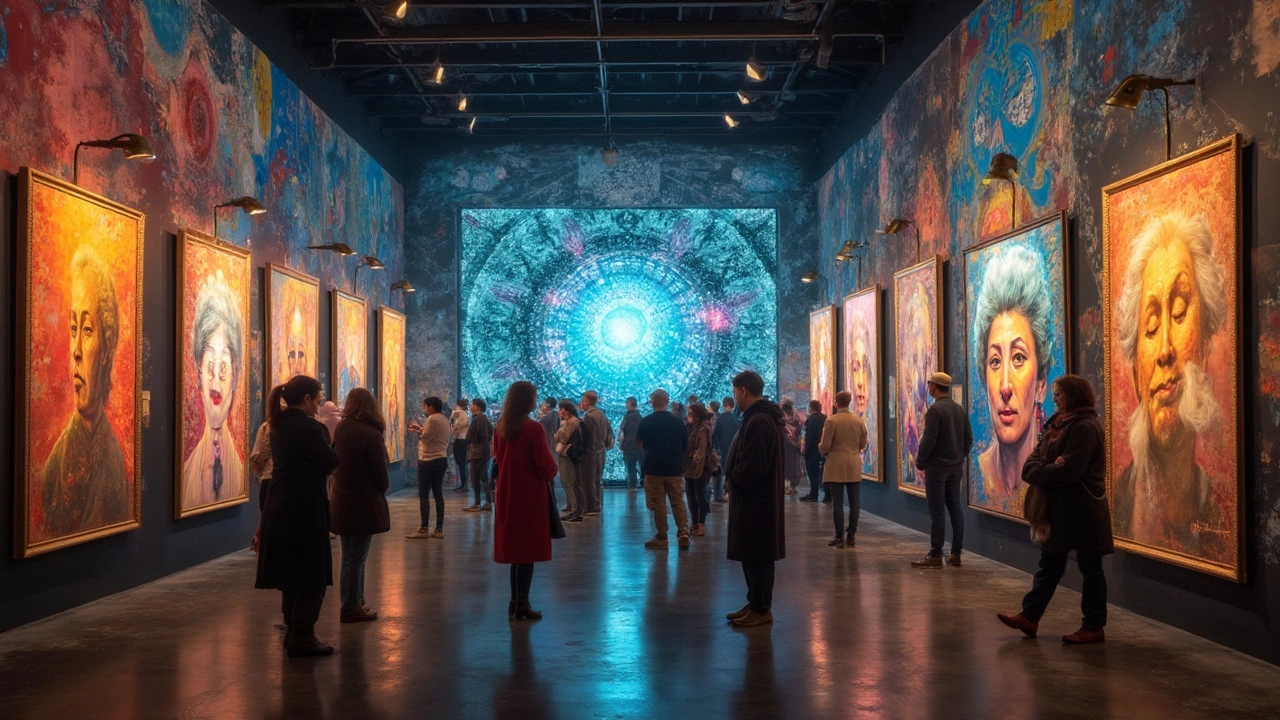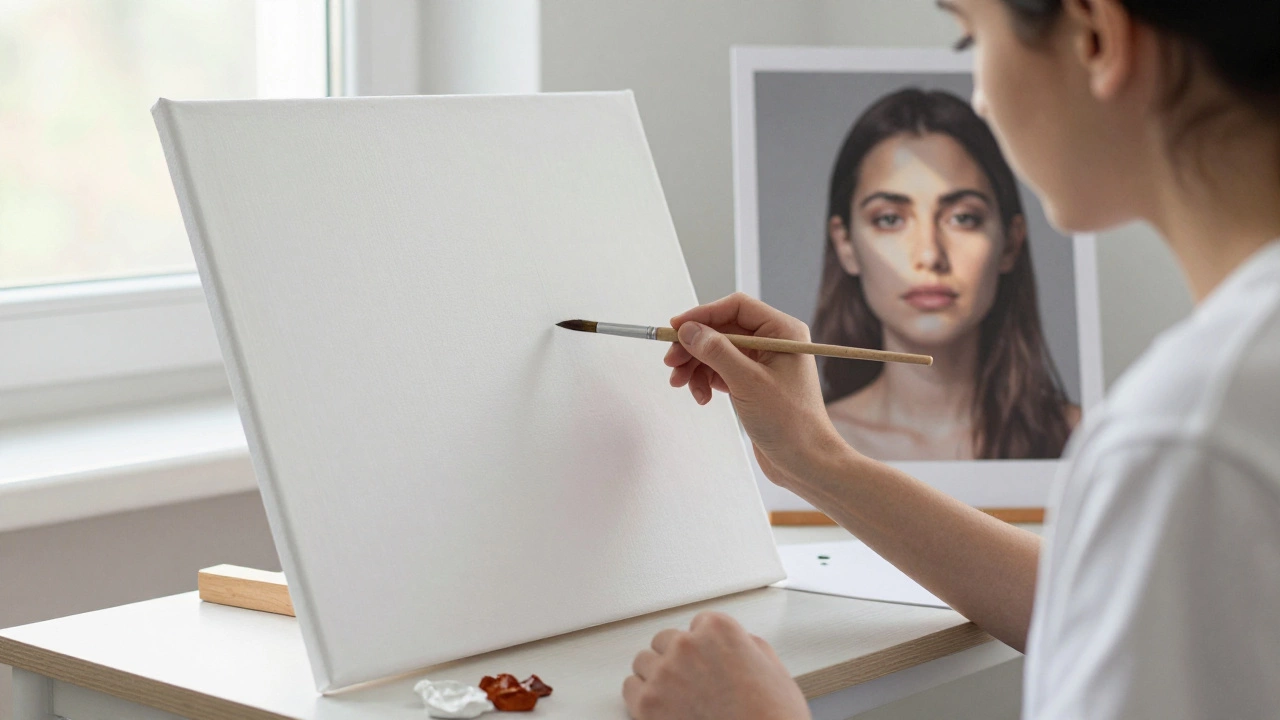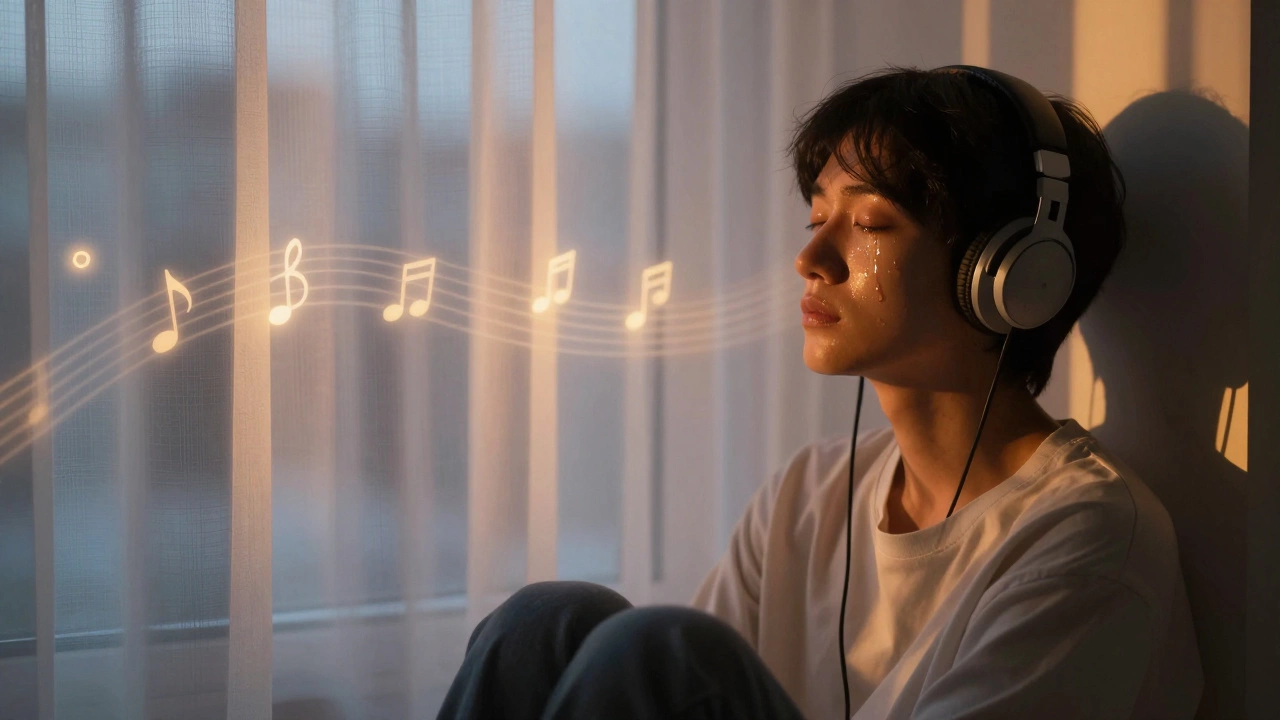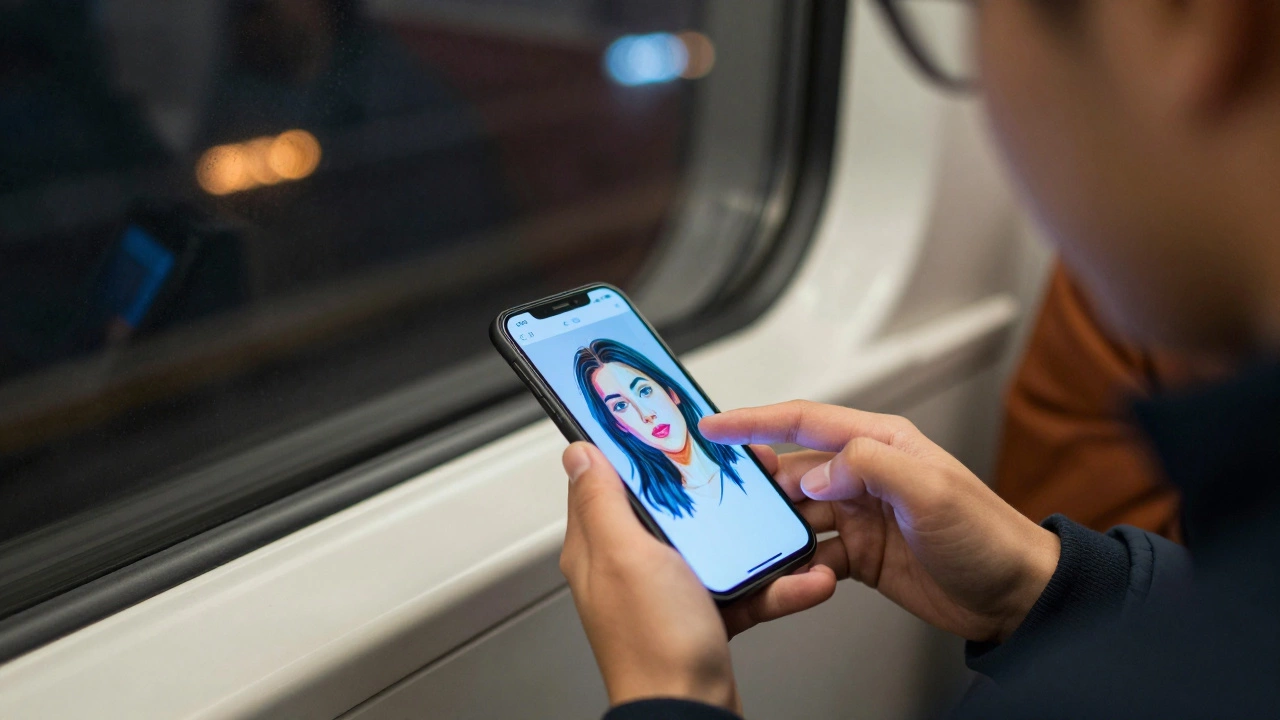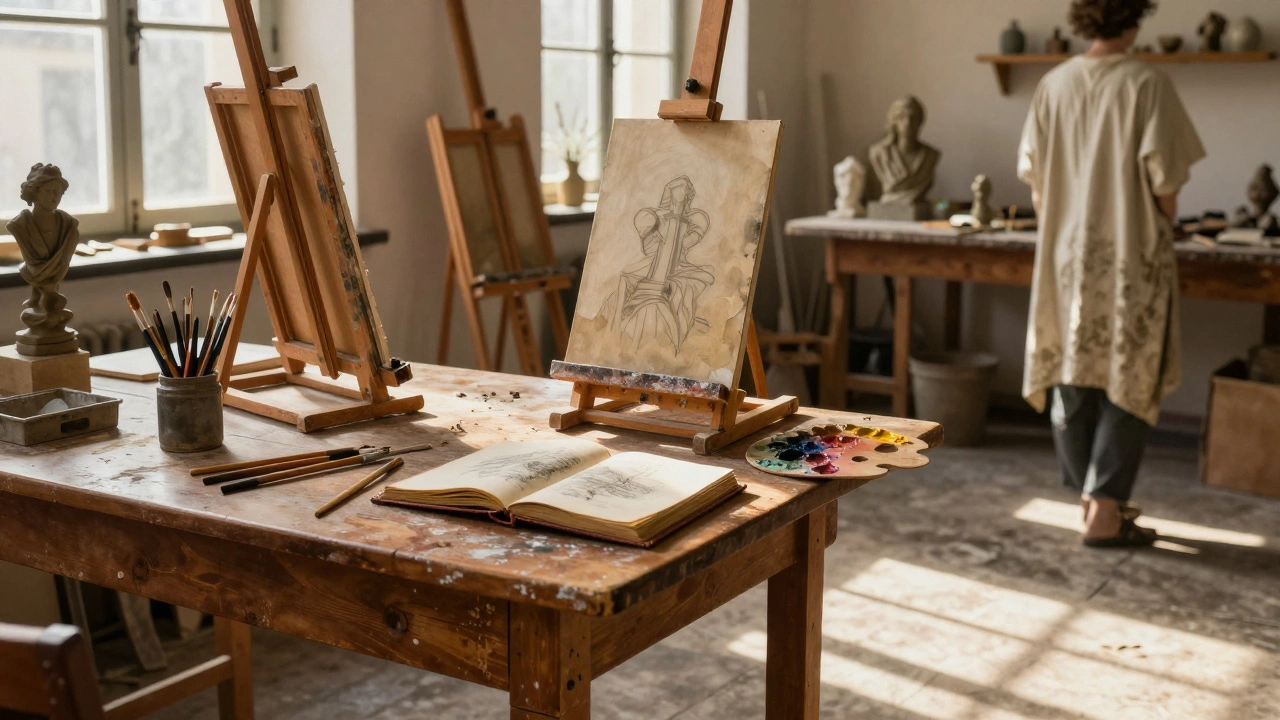So, what's the biggest buzz in the art world today? AI-generated art, hands down. It's not just about robots churning out pixelated pieces. We're talking a full-blown collaboration between artists and algorithms, merging human intuition with machine precision.
Picture artists using AI like a painter uses a brush, crafting unique pieces by feeding the system with data inputs. The result? Artworks that explore new dimensions, sometimes producing pieces even the artists didn’t foresee. It’s kind of like giving your creative process a turbo boost.
Curious about how it all works? Imagine you’re an artist with a concept, but instead of just hitting the canvas, you engage in a dialogue with AI. They provide fresh interpretations based on your ideas and data, and you shape these into a final piece. It’s a back-and-forth, a partnership, if you will.
- AI's Role in Art Creation
- Collaborations Between Artists and Machines
- Challenges and Criticisms
- Future Implications for Art and Artists
AI's Role in Art Creation
The rise of AI art has been nothing short of transformative. It's like having a creative buddy who doesn’t stand in your way. So, what is AI really up to in the art world? It's essentially an assistant that can learn and adapt, playing multiple roles like data analyst, creative partner, and sometimes even muse.
AI isn’t replacing artists; it’s enhancing their toolkit. For instance, AI art programs like DeepArt and Artbreeder allow artists to input their own sketches and then apply styles ranging from Renaissance to Abstract, producing outcomes they might have never imagined on their own. This means artists can experiment without wasting materials or spending hours on a trial-and-error process.
"AI is not here to compete with human artists; it's here to expand our creative capabilities." - Linda Lee, art critic
AI’s influence isn't limited to digital mediums. Many sculptors and painters are leveraging algorithms to bring abstract concepts to life. They use AI to simulate different outcomes, choosing the ones that fit their vision best.
AI-Generated Creativity: Not Just Pixels
A common misconception is that AI art is just about digital pixels. But it's more than that. AI’s role in ceramics or traditional sculpture can be revolutionary. Artists are using AI to simulate various mediums and structures before crafting their final pieces, ensuring rarity and uniqueness.
- Artbreeder allows seamless image manipulations.
- DeepArt specializes in transforming photos into artwork using deep learning.
- GANpainting, on the other hand, helps in creating detailed and textured designs.
Challenges and Musings
Adopting AI in contemporary art brings its own set of challenges. There's always the question of authorship. Who gets the credit for an AI-generated piece of art? The artist, the machine, or both? Such debates spark endless discussions, but they highlight the evolving nature of art and creation.
So, if you’re an artist or even just someone interested in art, embracing AI might just be the nudge your creativity needs. Whether as a tool for new projects or a partner in artistic innovation, AI is making art creation more exciting and dynamic every day.
Collaborations Between Artists and Machines
Artists teaming up with machines might sound like the start of a sci-fi novel, but it's the art world's hot reality today. These contemporary art collaborations are not robotic replacements but creative companions. Artists are programming AI to respond to artistic inputs, creating an ever-evolving canvas of machine-generated inspiration.
How Does This Collaboration Work?
It's all about the dialogue between human creativity and machine learning. Artists feed datasets into AI systems, which then churn out their interpretations. The artist can then tweak and play with these outputs, just like sculpting clay from raw data. Google's DeepDream, for example, examines patterns and replicates them, resulting in surreal visuals that might resemble a dream collage.
Notable Collaborations
- In 2018, Christie's auctioned off an AI piece titled 'Portrait of Edmond de Belamy,’ which sold for a whopping $432,500. It stunned the art market, proving that digital artistry can hold significant value.
- Artist Refik Anadol uses machine intelligence to visualize data in dazzling multimedia installations, turning complex datasets into mesmerizing art experiences.
Benefits of AI in Art
These collaborations have redefined digital art, allowing artists to explore vast creative possibilities. They can now focus on the broader vision while the AI handles intricate details, producing works that blend both digital precision and human emotion.
Seeking Artistic Co-Creation?
If you're an artist curious about jumping into this trend, start by learning basic coding or partner with a tech-savvy friend. Online platforms like RunwayML provide user-friendly tools for artists to experiment with AI in their art-making process.
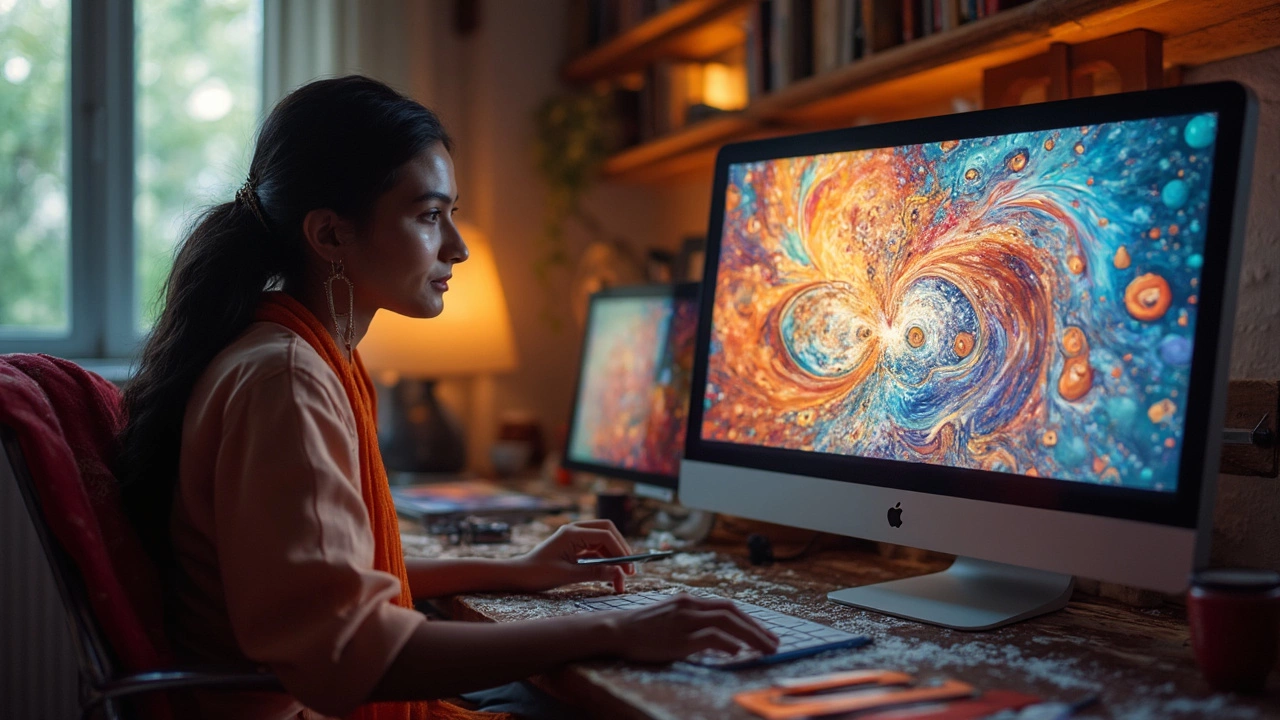
Challenges and Criticisms
AI-generated art is making waves in the contemporary art scene, but it's not without its share of controversies. One major hiccup? The whole 'who's the artist?' debate. If an algorithm produces an artwork, who should get the credit? The person who programmed the AI, the one who fed it data, or the machine itself? It's a puzzle that's got art critics and creators scratching their heads.
Another biggie is the authenticity question. Is a piece still genuine if a machine had a hand in creating it? Traditionalists argue that true art reflects the essence of human touch, something algorithms can't quite capture. Critics worry that the more we lean on AI, the more we lose the raw, emotional impact that makes art so powerful.
Copyright Concerns
Copyright law is also struggling to catch up. With AI, what's the copyright status of art? Who owns it? Right now, copyright laws aren’t clear about AI-generated works, which leads to potential disputes. Artists need to navigate an unclear legal landscape as they integrate technology into their creative processes.
Technical Limitations
Then there's the issue of technical limitations. As much as we'd like to think machines can do it all, they still rely on human input to some extent. Some artists feel constrained, as the AI's output might not align perfectly with their vision. Plus, AI can sometimes regurgitate biases from its data sources, leading to art that unintentionally reflects prejudices rather than originality.
Despite these challenges, AI art is pushing boundaries, sparking conversations, and making us rethink what it means to create. It forces the art community to look at expression and ownership in new ways, even though these questions may not have easy answers yet.
Future Implications for Art and Artists
Thinking about the future, AI in art isn’t just a passing fad; it’s here to shake things up for the long haul. But what does that mean for artists and the art world at large? Simply put, the blend of AI art and human creativity is redefining what's possible.
Artists might find new roles as curators of their digital counterparts, with AI acting as a creative partner rather than a competitor. This partnership could open up new avenues for artistic exploration that were previously unimaginable.
Expanding Artistic Boundaries
Thanks to AI’s analytical prowess, artists can now explore complex data-driven themes more thoroughly, whether it’s environmental change or social dynamics. These new capabilities can lead to fresh, innovative forms of expression that appeal to broader audiences.
Art Market Transformations
The art market might see shifts, too. Digital art forms, spurred by AI, are gaining more credibility, with digital art making headlines at major auctions. This could democratize art collecting, offering more people access to meaningful art.
Developing Skills and Tools
Looking towards skills, artists may need to embrace tech-savviness, learning to navigate AI tools and incorporate them into their craft. Workshops and courses could emerge, tailored to bridging the gap between traditional art skills and cutting-edge tech.
Overall, AI-generated art is stirring the pot in the art world. It’s prompting artists to stretch their imaginations and find new ways to express their ideas. This trend is changing how art is created, consumed, and valued, setting the stage for a dynamic future.
